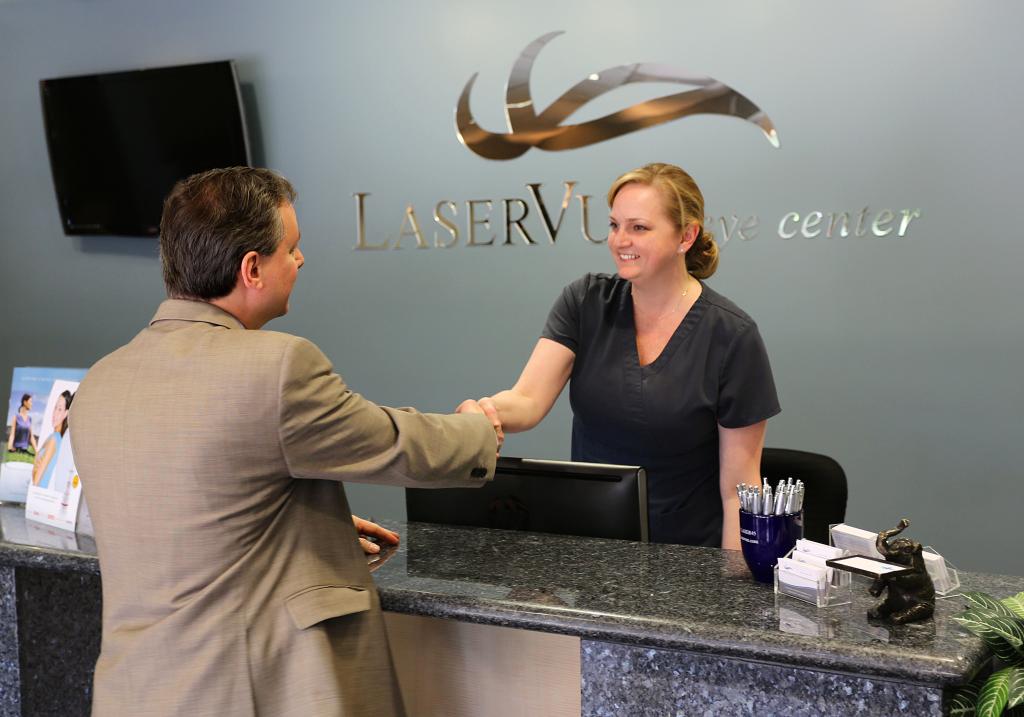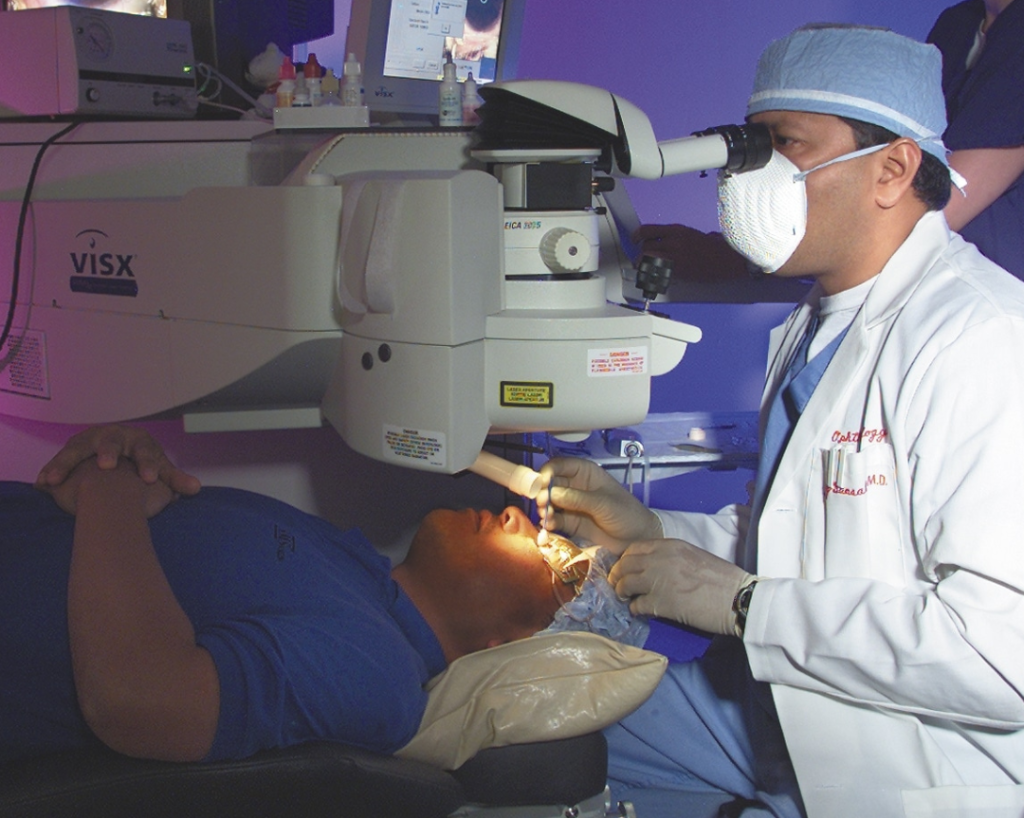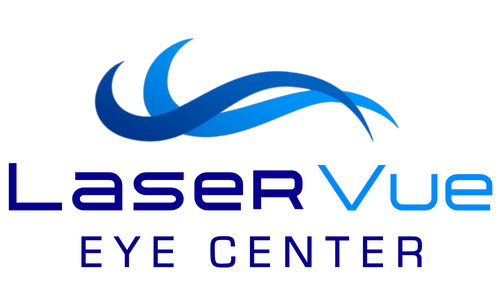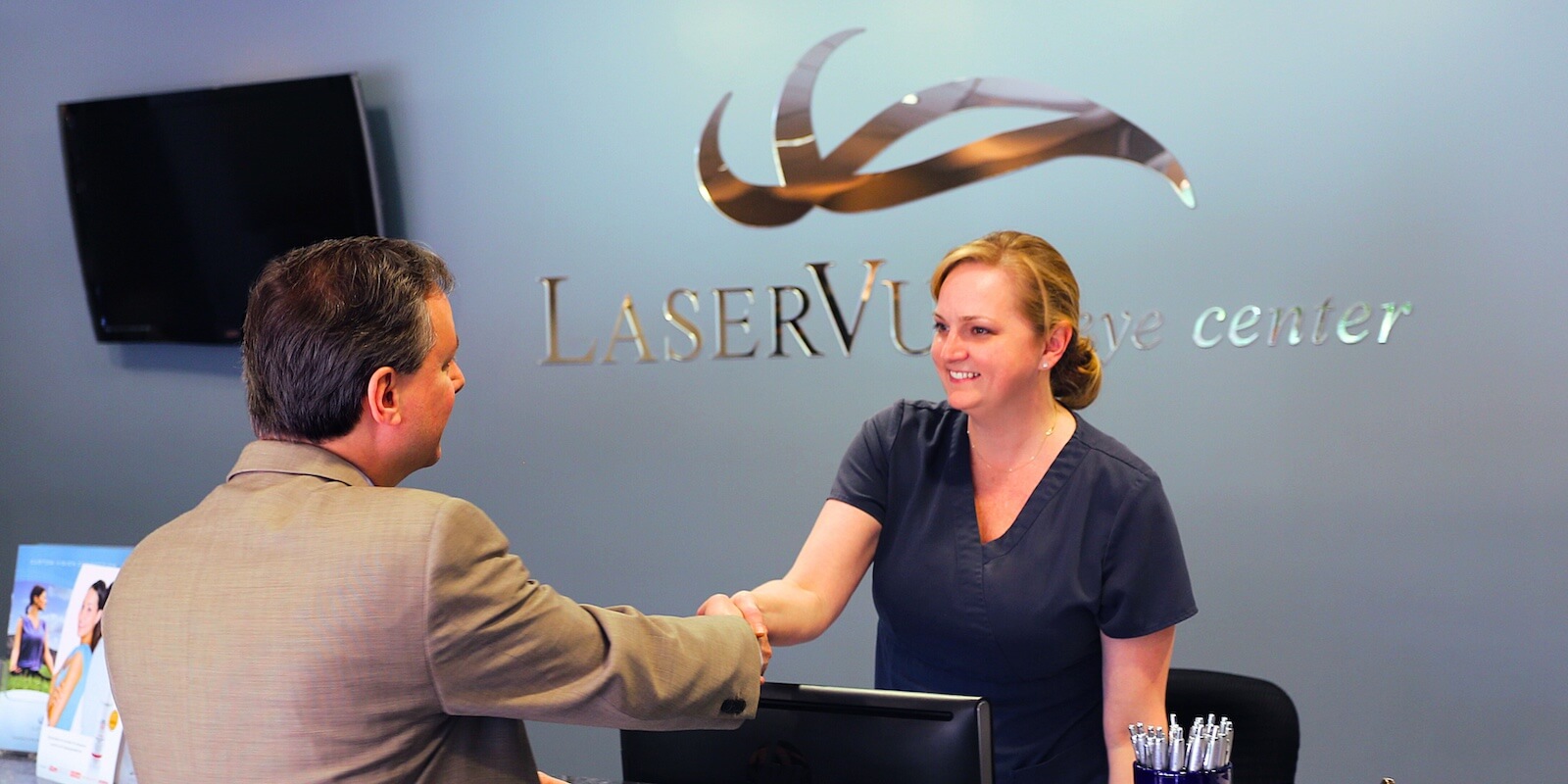Posted by: Jay Bansal, MD in LASIK

Jay Bansal, MD

In today’s age of vision correction, there are many advanced options to correct your eyesight beyond traditional glasses and contact lenses. In this blog, I’ll tell you about two popular eye procedures, EVO ICL and LASIK surgery.
Both EVO and LASIK procedures are designed to reduce need for contacts and glasses. However, every eye surgery is different, and suited to different patients. How can you understand the difference? Which one might be right for you? Here is my analysis, where I compare key differences between these two procedures, so you can make a better informed decision.
About EVO ICL
The EVO ICL (Implantable Collamer Lens) is an implantable lens made from biocompatible Collamer material, which is implanted inside of the eye between the iris and the natural lens.

Unlike other procedures that reshape or replace the eye’s cornea or lens, the EVO ICL adds an additional lens to enhance vision, while allowing the patient to keep their natural lens and cornea. Additionally, EVO ICL surgery is reversible as the lens implant is removable for life!
Some important things to know about EVO ICL surgery:
- Ideal for high prescriptions — This surgery is particularly effective for high levels of myopia (nearsightedness) and astigmatism.
- Reversible — At any time in life for any reason, your lens implant can be removed or replaced.
- Preserves your eye — Does not involve removing any corneal tissue or the natural lens of the eye. For this reason, EVO ICL is non-damaging and doesn’t sabotage your future plans for vision correction surgeries.
- No dry eye syndrome — Because EVO ICL does not require removing or re-shaping the tissue of the cornea, this procedure does not cause dry eye syndrome.
- UV Protected — EVO offers implantable lenses with built-in UV protection for both eyes.
Learn more about EVO ICL here:
About LASIK
LASIK (Laser-Assisted In Situ Keratomileusis) is the most commonly known laser eye surgery. LASIK is designed to correct vision by reshaping the cornea. During this surgery, a surgeon uses a laser to create a thin flap in the surface of the cornea.
This flap is then lifted, and another laser is used to reshape the corneal tissue below the surface. This new reshaped cornea is able to properly focus light onto the retina.
View an animated simulation of LASIK here:
LASIK offers the following benefits:
- Quick recovery — LASIK Patients typically experience significant improvement in their vision within 24 to 48 hours after their surgery.
- Widely effective — This procedure offers the possibility of long-term vision correction for a diverse range of patients, including those with myopia (nearsightedness), hyperopia (farsightedness), and astigmatism.
- Permanent vision improvement — LASIK is an effective procedure established with decades of experience and technological advancement. With this in mind, this procedure easily maintains an outstanding patient satisfaction rate above 98%.
- Better than ever — With advancements in All Laser Wavefront LASIK, you can achieve your ideal vision outcome without knives or blades. Bladeless laser technology helps to improve reliability and safety of LASIK surgeries.
Learn more about LASIK:
EVO ICL vs. LASIK: A Comparison
Now that we understand the basics about EVO ICL and LASIK, let’s break things down and compare the experiences of each surgery, from qualifying to undergoing the procedure and enjoying the results.
EVO ICL vs. LASIK: How invasive is the procedure?
- LASIK eye surgery requires the creation of a flap in the cornea, as well as the reshaping of the corneal tissue using an excimer laser. Compared to EVO ICL, this procedure is more invasive. Some people prefer not to undergo LASIK and prefer no-flap alternatives, such as SMILE surgery.
- EVO ICL involves implanting a lens without the need for corneal flaps, removal of corneal tissue, or removal of the natural lens. This procedure is minimally invasive, and does not permanently alter the structure of the eye.
EVO ICL vs. LASIK: Who is an ideal candidate?
To be a good candidate for refractive correction surgeries, you typically need to have a stable prescription, or one that hasn’t changed in at least one year. Also, you must be at least 18 years old for most procedures. Good candidates for refractive surgery also have good general eye health. Those with significant eye diseases or conditions should speak to an ophthalmologist to determine the right treatment for them.
- EVO ICL is ideal for patients who may not be suitable for LASIK due to thin corneas, dry eyes, or other corneal issues. Additionally, this procedure is ideal for patients with high degrees of myopia, or nearsightedness.
However, only those between 21 and 45 years old are suitable for this surgery. Some conditions that may prevent you from being a candidate for EVO ICL include eye conditions like glaucoma or cataracts, being currently pregnant or nursing. - LASIK, on the other hand, is suitable for a broad range of refractive errors, including myopia, hyperopia, and astigmatism. That being said, LASIK is best suited for patients with moderate levels of these errors, not for patients with high levels.
Additionally, LASIK is only suitable for those with enough thickness of corneal tissue to safely create the corneal flap. Patients with cataracts, significant dry eye, or conditions like keratoconus, macular degeneration, or diabetic retinopathy are not suited for LASIK surgery. (Source)
Fortunately, there is no maximum age limit for LASIK! Adults of all ages can enjoy the enhanced vision offered by All Laser LASIK surgery.

EVO ICL vs. LASIK: Post-Surgery Recovery
- LASIK usually provides patients with noticeable improvements in their vision within the first 24 to 48 hours after their surgery. Afterwards, vision usually stabilizes within a few weeks.
- EVO ICL has a similar recovery to LASIK. Generally, optimal vision is expected to stabilize between a few days to weeks after the procedure. EVO ICL surgery typically involve post-surgery visits with your eye surgeon after one day, one week, and one month post-operation.
EVO ICL vs. LASIK: How permanent is it? Is it reversible?
During LASIK, the changes made to the cornea are permanent and cannot be reversed. However, some enhancements like flap adjustment procedures can be made in some cases.
With EVO ICL surgery, the implanted lens can be replaced or removed at any time. This procedure provides a reversible option in vision correction, making it ideal for future vision changes or other issues that may arise.
Even celebrity ambassadors like Joe and Kevin Jonas of The Jonas Brothers have chosen EVO ICL because of their removability. “If I for some reason want to take it out, I can have my eye doctor take it out. It is really amazing that it’s not forever if I don’t want it to be,” Joe Jonas said in one interview on Good Morning America.

EVO ICL vs. LASIK: How safe is it? Are there complications?
As with all surgeries, complications are rare but possible. That being said, EVO ICL and LASIK are both well-established and safe surgeries that can provide great results when performed by an experienced eye surgeon.
Remember, you only have two eyes! When considering vision surgery, make sure you feel confident and don’t settle when choosing your surgery center.

Rare but possible risks of each surgery include:
- With EVO ICL, risks and complications may include infection, formation of cataracts, and increased intraocular pressure. However, these are all relatively rare. Research shows that with proper insertion of the EVO ICL, formation of cataracts is nearly eliminated.
- LASIK has risks and complications including rare instances of dry eyes, glare and halos around lights, and in some cases, issues with the corneal flap. These are exceedingly rare; the complication rate of LASIK is currently less than 1%.

EVO ICL vs. LASIK: What are the long-term outcomes?
- Long-term outcomes from LASIK offer stable and lasting results. Research suggests that LASIK empowers 90% of patients to achieve ideal 20/20 vision, and 50% to achieve even better vision. However, as with any refractive surgery, vision can still change over time due to aging or other factors.
- With EVO ICL surgery, patients can receive excellent long-term vision outcomes. Unlike LASIK, the EVO ICL implant can be replaced or removed as vision changes over time.

Making the Right Choice Between LASIK and EVO ICL
Choosing your ideal refractive eye surgery depends on various factors, including your specific vision needs, the health of your eyes, and your personal lifestyle preferences. Understandably, this process can be overwhelming. Unfortunately, no article or online quiz will be able to tell you what is best for you. A thorough consultation with a qualified ophthalmologist can help unlock the answers and determine your next vision treatment.

During the beginnings of your vision correction journey, you have the best opportunity to answer all of your questions and learn your options by speaking to an experienced ophthalmologist.
The difference between searching alone and speaking with a professional is astronomical — A doctor can walk you through a comprehensive exam, and discuss the potential benefits and considerations that are unique to your eyes.

Conclusion
In conclusion, both EVO ICL and All Laser LASIK represent the dawn of a new era in vision correction advancements. I have personally seen both LASIK and EVO ICL change the lives of thousands of people across 25+ years as a refractive eye surgeon.
Each procedure has its own unique advantages, as well as considerations. Understanding these differences has helped many of my patients to feel empowered and make informed decisions about their eye care.

Want to learn more about LASIK? Visit our San Francisco and Santa Rosa pages to learn more!
References
- Packer, Mark. 2022. Evaluation of the EVO/EVO+ Sphere and Toric Visian ICL: Six Month Results from the United States Food and Drug Administration Clinical Trial. Clinical Ophthalmology 16: 1541-1553. https://www.ncbi.nlm.nih.gov/pmc/articles/PMC9132105/
- https://crstodayeurope.com/articles/highlights-from-the-evo-visian-icl-experts-summit-2017/evo-visian-icl-medium-and-long-term-results/
- https://www.reviewofophthalmology.com/article/a-first-look-at-the-evo-icl
- https://us.discovericl.com/evo-visian-icl-lens

